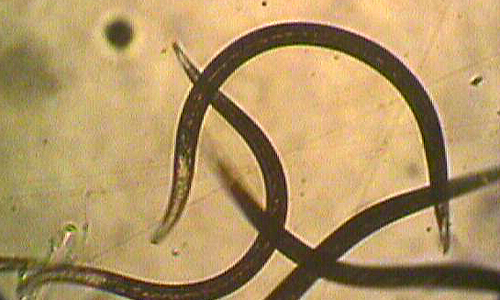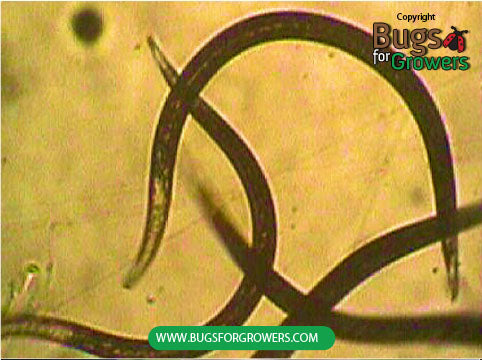Citrus root weevil
Damage caused by Citrus root weevil
Adults of citrus root weevils feed on the margins of citrus leaves in a semi-circular fashion giving them notching appearance. In case of heavy infestation, feeding of adult weevils can cause skeletonization of citrus leaves. Reduced surface area of leaves due to notching or complete skeletonization can affect the process of photosynthesis that in turn reduces plant’s ability to make their own food. In contrast, grubs of citrus root weevil feed on the fibrous roots as well as girdle the main taproots. Root girdling badly affects ability of trees to absorb water and nutrients that results into tree mortality.
Facts (show all)
- Common names
-
- Citrus root weevil
- Scientific name
-
- Diaprepes abbreviates
- Identification
-
Adults: Adults of citrus root weevil are black in color with black stripes on their front wings.
Eggs: Eggs of citrus root weevil are whitish-yellow, oval in shape and about 1.1 mm long.
Larvae: The larvae of citrus root weevil are legless, creamy white in color with light brown head capsule.
Pupae: Pupae of citrus root weevil are reddish in color and oval shape.
- Biology
-
Females of Citrus root weevil commonly lay eggs in a cluster of over 50 eggs inside the fold of two adjacent leaves that are glued together. Eggs hatch within a week into first stage larvae that fall off the leaf on the ground and burrow in the soil. These larvae then begin feeding on the fibrous roots. While feeding, they complete about 10 to 11 instars (mature grub) within 12- 15 months. Last instar larvae then pupate in the soil and new adult weevils will start emerging from pupae from May through November in the soil. Generally adult weevils will remain in the soil until there is optimum moisture in the soil. Since adult weevils do not fly, they generally climb on the tree trunks and walk towards the canopy where they feed on the leaves, mate and lay eggs in the clusters on the leaves. Depending upon the soil temperature and moisture, citrus root weevils complete their life cycle within 6 to 18 months.
- Organic Control of citrus root weevils
-
- Following beneficial bugs and plant products can control citrus root weevils organically
- Beneficial entomopathogenic nematodes for citrus weevil control
-
- Steinernema carpocapsae
- Heterorhabditis bacteriophora
- Heterorhabditis indica
- Neem Product for citrus weevil control
-
- Molt-X- Azadirachtin



